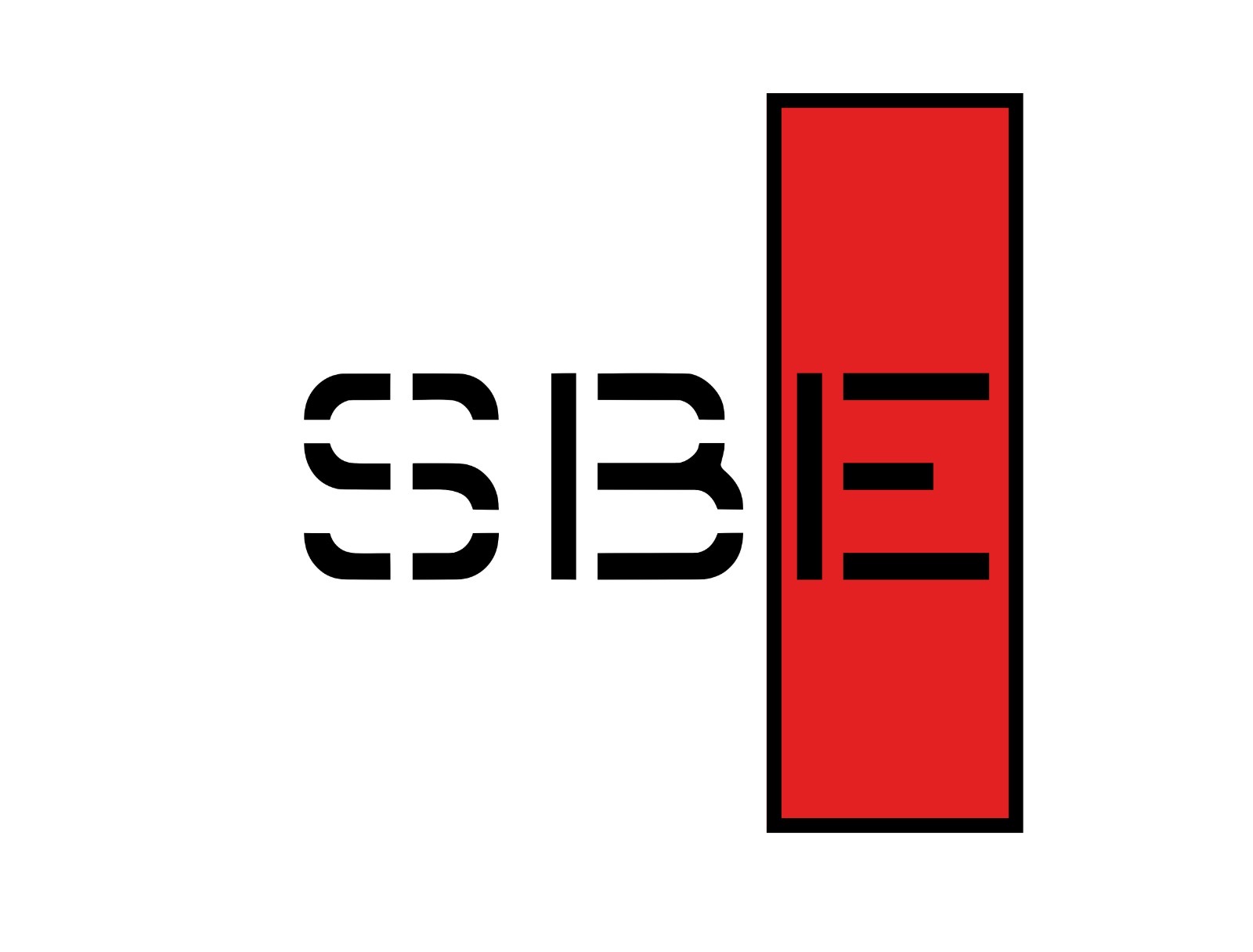The Meta-Programs Copy
Establishing a good relationship with the ship’s captain is fundamental to a successful pilot’s job. The pilot has the same working background and mentality as the captain, but he is a foreign body to the hierarchical and social group framed as a crew.
The initial mental gap between these two figures is comparable to barriers. We can recognise some typical obstacles in the following list:
- Character: closed, open, authoritarian, friendly, etc.
- Specific past experiences: which can make him biased, confident, irritated, curious, etc.
- Seniority in command: self-confident, resourceful, fearful, doubtful, etc.
- Environment: the quality of the crew and the ship can be favourable or unfavourable points; in the second case, very often and for reasons related to human nature, the master will tend not to reveal the weak points of the system; this is because recognising himself as the apical hierarchical figure, he will feel entirely the responsibility for what is not working.
“It may be right, unfair, but if you don’t try to look at the big picture from different points of view, they will be incomprehensible if problems arise.” J.G.
The pilot usually starts with an evaluation that requires partial knowledge of the equation: type of manoeuvre, weather and sea conditions, local traffic, problems related to the sea room, currents, sea beds, etc. The captain has the other equation part. He knows the ship and its issues, crew limitations, etc.
Both form an unverified opinion of the known elements of the other. They both want to manoeuvre the ship correctly and successfully.
The aspect that weighs more on the pilot side is ‘safety’. On that of the captain, there is the objective of achieving unscathed mooring and the pressures deriving from more distant factors. Such as costs (saving on tugs or not), time (terminal operator/charterer needs) and the feasibility of the manoeuvre ( weather conditions, night/day, orographic limits, etc.).
Both are limited by the data they know and foresee and plan a sequence of actions to achieve the goal. The wrong evaluation of a critical element known only partially by the counterparty can lead to disastrous consequences if not managed correctly in a shared general framework.
At this point, we can introduce the Meta-Programs.

The following is the list of the most common Meta-Programs:
- Proactive / Reactive: those who tend to take matters into their own hands and act are the ‘proactive’; those who wait for someone else to direct the action are the ‘reactive’. It is easy to imagine the importance of understanding if the person you have in front of you belongs to one category rather than the other. When the time to make the right decision is limited, you cannot afford the hesitation of who should act.
- Towards / Away-From: People who can’t wait to act against people who tend to ignore or not face problems.
- Options / Procedures: Creatives will improvise or experiment with new ways of doing things against those who prefer to follow verified rules and procedures.
- Internal / External: people who prefer to make their own decision against people who rely on others.
- Extensive Picture / Details: People who prefer to look at it from a global point of view and people who focus on the details by going one step at a time.
In the critical phase of the dialogue, where we try to establish a good relationship, it is undoubtedly essential to understand the Meta-Programs that trace the line of thought of the ship’s captain with whom we interact.
Again, the concept that we are not dealing with manipulations or persuasive techniques is valid. Still, we are talking about methods that allow us to improve the quality of communication and avoid misunderstandings when coming to a collective harmony in the short time available to achieve a common goal.
